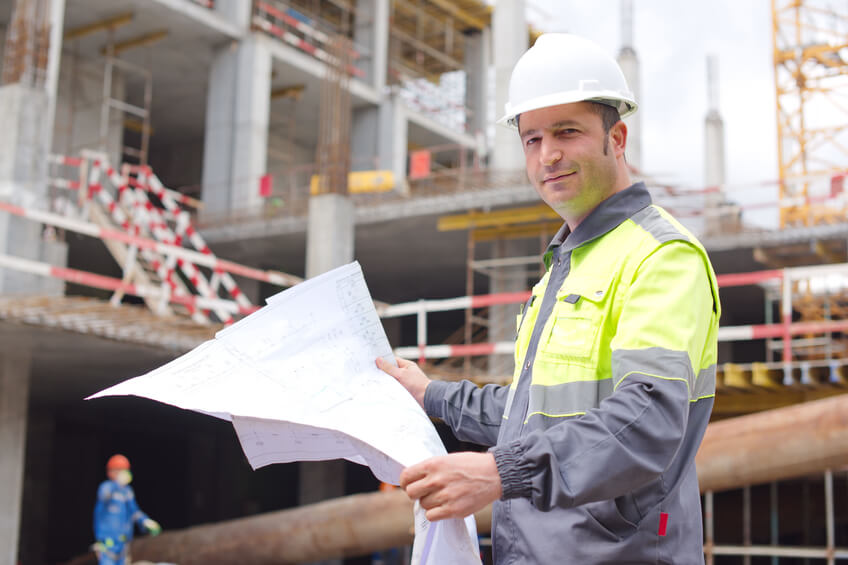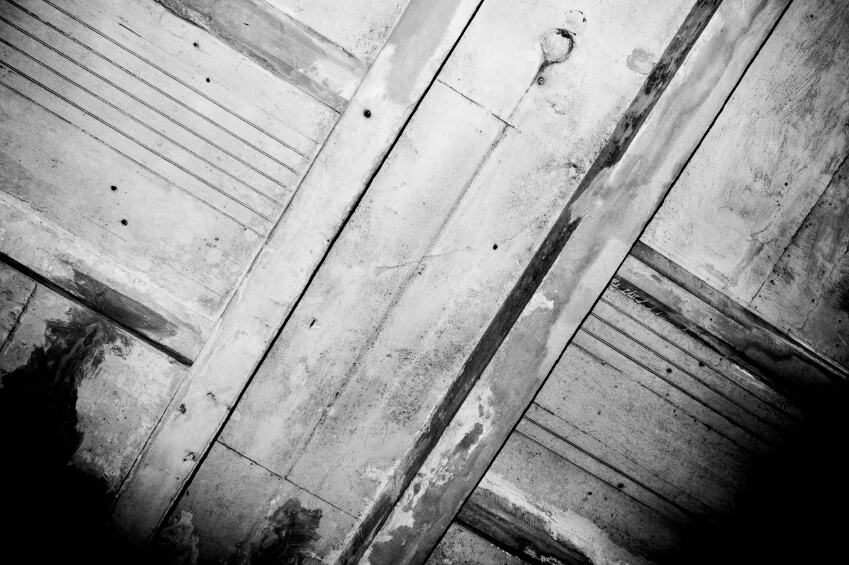No products in the cart.
LEED for Structural Engineers: Why You Should Get Accredited
The value that structural engineers bring to LEED certification projects is their expertise in building materials and structural systems with consideration to structural adaptability for future use and alternative uses.
If you want to learn more about LEED now, visit our New to LEED? Start Here! section.
Structural engineering – a specialty within the field of civil engineering that focuses on the framework of structures and designing those structures to withstand the stresses and pressures of the environment. Structural engineers are trained to understand and calculate the stability, strength, and rigidity of built structures, to develop designs and integrate their design with that of other designers, and to supervise construction of projects on site. They are responsible for making creative and efficient use of funds, structural elements, and materials to achieve goals.
Jim Lucas of Live Science notes that structural engineering is among the oldest types of engineering, dating back to the first instance of tree branches being lashed together with vines to make a shelter. Throughout history, people have been designing and building increasingly larger and more sophisticated structures.

LEED Certification & Structural Engineering
LEED stands for Leadership in Energy and Environmental Design. The LEED standards were developed by the U.S. Green Building Council (USGBC) to honor buildings, homes, and communities that were designed, built, and maintained with energy-efficiency and sustainability in mind.
Cross-functional teams of construction professionals collaborate on design, materials, and systems in order to earn points toward a building’s LEED Certification label (Certified, Silver, Gold, Platinum). The USGBC recommends a series of strategies and techniques, known as LEED credits, to do this. The point values on the LEED credits vary, so it’s up to the project team members to pick and choose which credits to pursue to meet their goals. It’s important for building professionals to learn the idiosyncrasies of LEED so that they can make smart decisions upfront and implement items with efficiency and effectiveness.
Engineering contributions include improving building durability, reducing costs, addressing climate change, improving occupant comfort, and increasing building resiliency.
How do Structural Engineers Contribute to LEED Certification?
Considering that LEED certification is a label for buildings, it seems reasonable that structural engineers would be involved with the process. Structural engineers will want to join the LEED certification process early in the design phase to collaborate with the architect and develop a scheme for an efficient structural system.
At the University of Texas at Dallas (UTD), structural engineer JQ worked with design architect Perkins + Will to earn a LEED Platinum designation for the university’s student services center. The building consists of a four-story concrete frame, steel bar joist roof, and steel-framed clerestory in the center of the building to bring natural light to the interior spaces.
A structural engineer’s knowledge of building materials and structural penetrations helps LEED project teams to:
- Decrease material consumption
- Create a waste management plan
- Encourage recycling and reuse
- Reduce stormwater runoff
- Source local materials
- Reduce carbon omissions
According to Chris Hofheins, a building’s structure can have a significant impact on its embodied energy – i.e., the available energy used in the work of constructing a building. A building’s structure accounts for about 25% of the building’s embodied energy but only 10% of the building’s cost. A structural engineer with LEED knowledge can assist with sound sustainable design principles that can significantly reduce the building’s embodied energy.
With regard to LEED certification projects, structural engineers contribute most to the Materials & Resources credit category – which LEED Version 4 revamped to offer 13 points across five credits. Structural engineers can also assist with earning the new prerequisite for Construction and Demolition Waste Management Planning.
As Hofheins explains, the four most common structural materials – steel, concrete, masonry, and wood – each have a unique set of attributes and properties. Structural engineers should be careful when specifying the structural components of a building in order to capture all of the available LEED points and minimize the building’s embodied energy.

Which LEED Credential Does a Structural Engineer Need?
The first step for any building professional interested in sustainability is to pass the LEED Green Associate exam. This designation demonstrates an understanding of the LEED Rating System as a whole, with basic familiarity of all the LEED credit requirements.
After passing the LEED Green Associate exam, a structural engineer may choose to upgrade to a LEED AP with a Specialty. There are five specialties available – Building Design + Construction, Operations + Maintenance, Interior Design + Construction, Neighborhood Development, and Homes.
Individuals who upgrade to a LEED AP Specialty generally work on LEED projects on a regular basis and therefore benefit from the advanced specialty knowledge. Not to mention, LEED certification projects earn a free point for having a LEED AP Specialty team member. A structural engineer who upgrades to a LEED AP Specialty benefits from greater knowledge, marketability, and job opportunities.
To learn more about how YOU can gain LEED knowledge, give us a call at (800) 460-2575 or enroll in our popular LEED Green Associate Exam Prep course.
